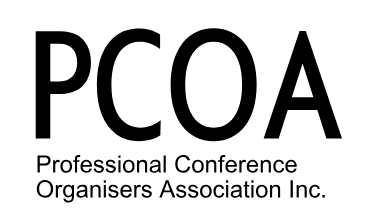Adelaide Convention Centre’s executive chef on large scale use of indigenous foods
Original story published on micenet
Gavin Robertson – like Zonfrillo, also a Scot – is executive chef of the largest kitchen in the city at the convention centre. When offered some of the thousands of edible native ingredients by a First Nations enterprise, his first question was about their supply chain.
It was also our first question to the chef, wondering whether a steady supply of bush tucker from fruits and berries, nuts, seeds, herbs and spices, to roots, flowers and garnishes, such as green ants, could be delivered fresh to order from some of the most remote regions of northern Australia. Not only was the chef assured there was indeed a working supply chain, it includes refrigeration to ensure produce arrives in great shape.
We glean a hint of the chef’s approach to ingredients from Robertson’s background. Working in country house hotels in his native Scottish Highlands from age 15 while he studied, eventually he won a job at the “coveted” Gleneagles Hotel.
“It was very hard, very culinary-advanced for its time, but good to learn from some of the best and most creative chefs in the world,” says Robertson.
He was taught classic French-style cooking.
“But it was always using the most fresh, the most local of produce you could find throughout Scotland…that’s really been my mantra that I have kept through my entire career.”
Clutching a bunch of warrigal greens – native to Australia and New Zealand as well as Chile, Argentina and Japan – Robertson passionately argues that this product should be on supermarket shelves in place of baby spinach.
Last December, Robertson and his team of 24 full-time chefs and 60 to 80 casual chefs faced their most critical challenge – a customised conference dinner for delegates at the World Indigenous Peoples’ Conference on Education (WIPCE) that included wild buffalo, kangaroo, wild boar and bush tomatoes.
“It was received by the indigenous delegates from all around the world very, very well,” he says.
Robertson moved from hotels and restaurants to the convention centre in 2018 and says the change of setting required adjustment.
“It was very polarising at the beginning trying to replicate what you would do in a restaurant and put it into bulk-buying catering, trying to do food that you would normally do for maybe 40 to 50 dinner guests in an intimate restaurant – trying to get that out for 3,000 people,” he says.
It was not a simple maths problem where he could throw more staff at the challenge.
“There was a lot of trial and tribulation through the whole start-up process where I thought it was just going to be easy …. but it turned out I had to surround myself with some very talented individuals to help me do that.”
Subsequently he and his senior team worked with leading nutritional experts at the South Australian Health and Medical Research Institute (SAHMRI), the University of Adelaide and CSIRO to bring a scientific and wellness approach to what Adelaide Convention Centre served up as part of its food and beverage offering. The result is the centre’s ‘Honest Goodness’ menu, the latest iteration of which launches in July with authentic, wholesome ingredients sourced from local sustainable environments and emphasises minimal intervention foods.
Robertson is proud that five years on, there are no processed or tinned products used in his kitchen and everything possible is made in house.
Furthering their sustainability story Adelaide Convention Centre recently installed the latest waste management system that can transform 900kg of organic waste into compostable material in 24 hours.
Adelaide Convention Centre is a PCOA Business Partner.
Original story posted on MICENET – our PCOA Media Partner.
Share this post: on Twitter on Facebook on LinkedIn

